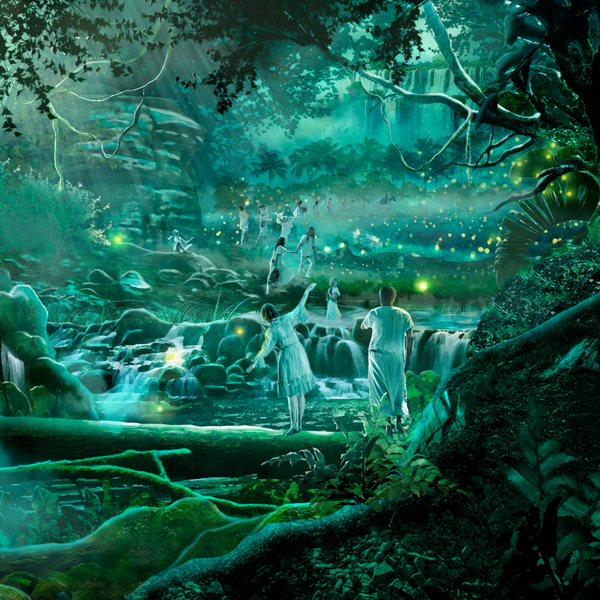

- #Gaia project map generator how to
- #Gaia project map generator update
- #Gaia project map generator full
Here is the result I’m obtaining when following the tutorial above:
#Gaia project map generator update
If using the Python script that downloads the CSV data provided by Entagma, please know that the URL of the CSV data has changed since and that you need to update line 6 of the code to read: If you don’t wish to do this whole process yourself, I’ll share the resulting EXR file a bit lower. There is very little you need to figure out by yourself, but a good understanding of Python will definitely help.

You don’t need to be an expert Houdini user to follow along. There is also a text version of this tutorial with all the python code provided here.
#Gaia project map generator how to
The amazing team at Entagma made the tutorial below, explaining how to bring the data into Houdini. There isn’t a very straightforward way of bringing CSV data into Nuke as pixel information, but Houdini is a perfect bridge to bring in that data. I picked this dataset as an intro because somebody else has done most of the work for me, as you’ll see in the next paragraph. It doesn’t contain the brighter stars in our sky, nor does it have colour information for the stars it does contain. This dataset is far from perfect, however. Luckily, a smaller dataset is available, which we will be using as a test for this exercise: As part of Gaia’s first data release, a smaller dataset cross-referenced with Tycho was published and is only 600MB compressed.
#Gaia project map generator full
This is probably overkill for our needs, and the full dataset is a whopping 1.3TB when compressed.

This is a massive catalogue with 1.8 BILLION listed objects (Gaia doesn’t map stars only). The first part was released in September 2016, the second part in April 2018, and the Full catalogue will be released in 2022, with a beta release last month (December 2020). It is still ongoing, and the data is being released in chunks. The Gaia mission, in particular, is of interest to me. There are many datasets relating to stars, known as astronomical catalogues ( Wikipedia List), with a few of the most famous being Hipparcos, Tycho, and recently Gaia. As we’ve established in a previous blog post, EXR files are actually quite suited to store point cloud data, with each pixel representing a point. Unlike Starpro, PointRender doesn’t come bundled with star data, so we will need to find a way to bring our own data. Since stars are perceived from Earth as little points in the sky, rendering a point cloud with something like Higx PointRender or a similar tool could produce good-looking results. Another issue is the often limited resolution or requiring very high definition maps, which can considerably slow down Nuke. One of the issues that come with LatLong images is usually the UV seams, particularly at the poles. A 1K preview of the 40K map available on the Gaia project’s website (Galactic Coordinates).


 0 kommentar(er)
0 kommentar(er)
